Climbing
Snow/glacier/ice route
Elevation Gain
2,500.00 ft (762.00 m)
Distance
8.80 mi (14.16 km)
Please respect the outdoors by practicing Leave No Trace. Learn more about how to apply the principles of Leave No Trace on your next outdoor adventure here.
Nearby Lodging + Camping
Mt. Hood + Clackamas River Area, Oregon
Mt. Hood + Clackamas River Area, Oregon
Oregon, Mt. Hood + Clackamas River Area

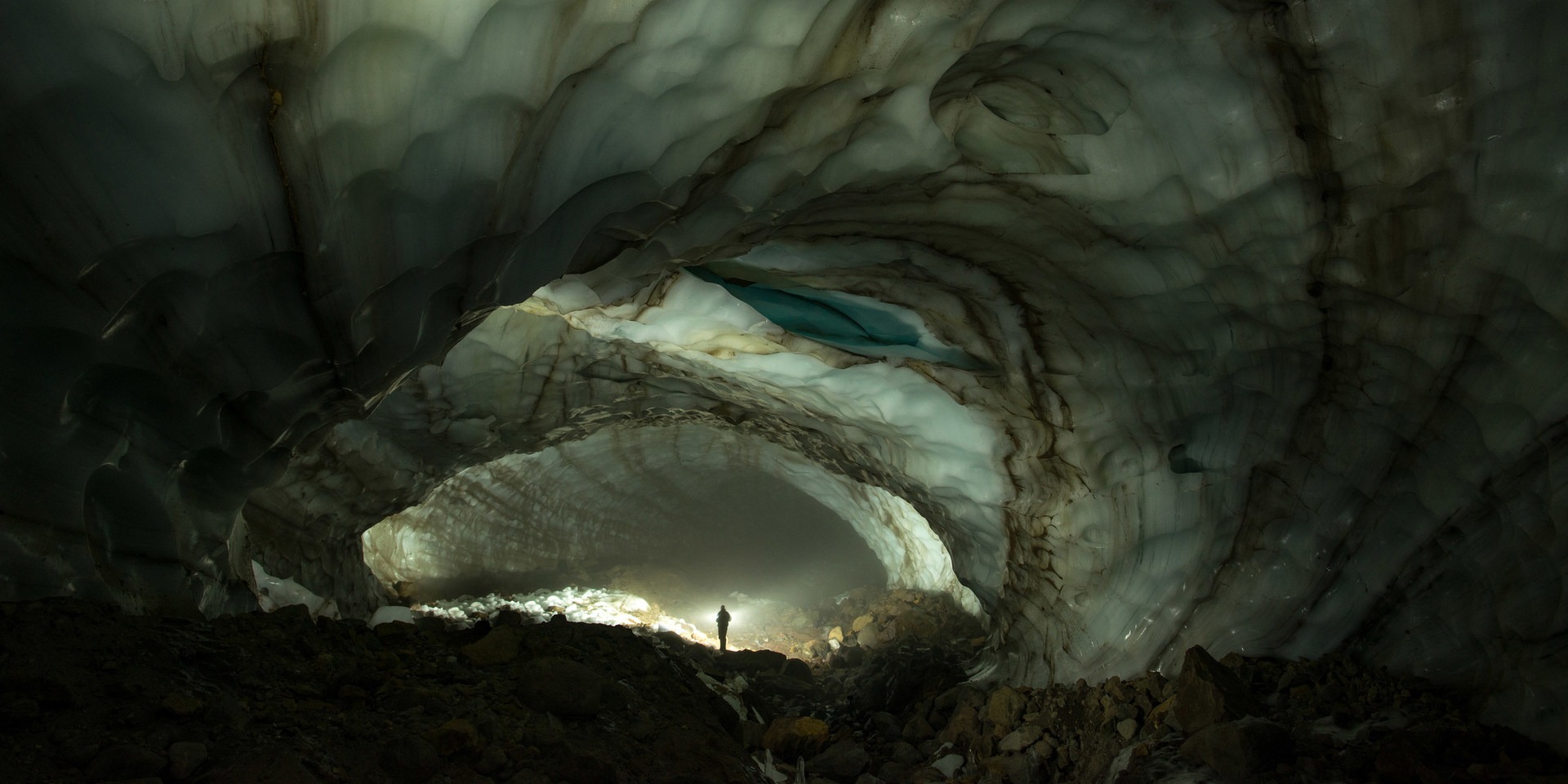
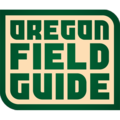
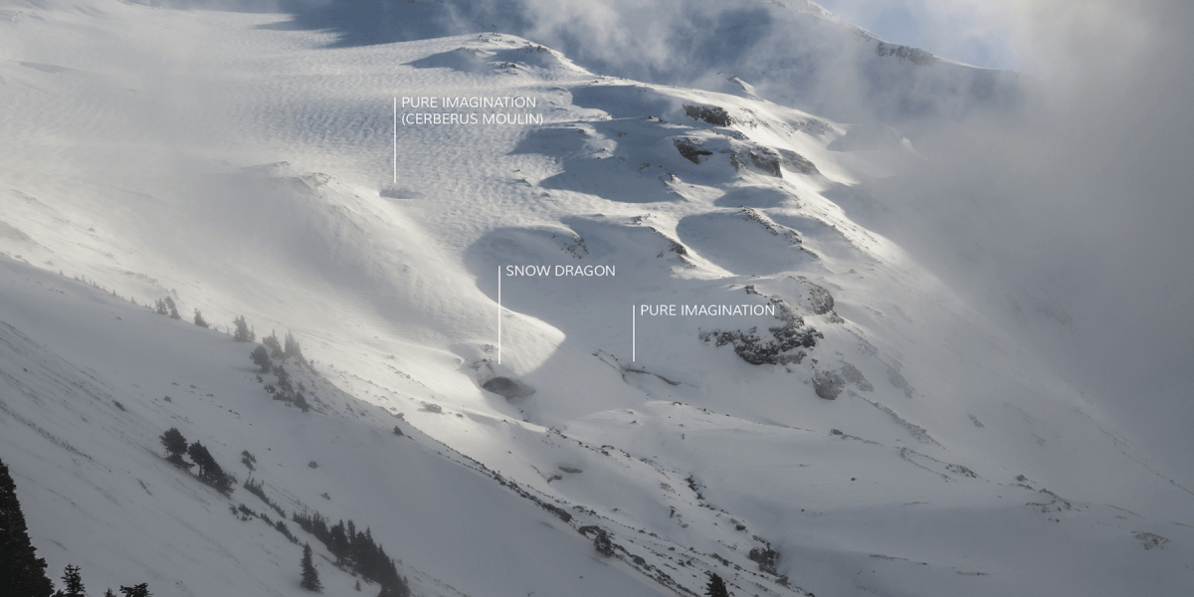
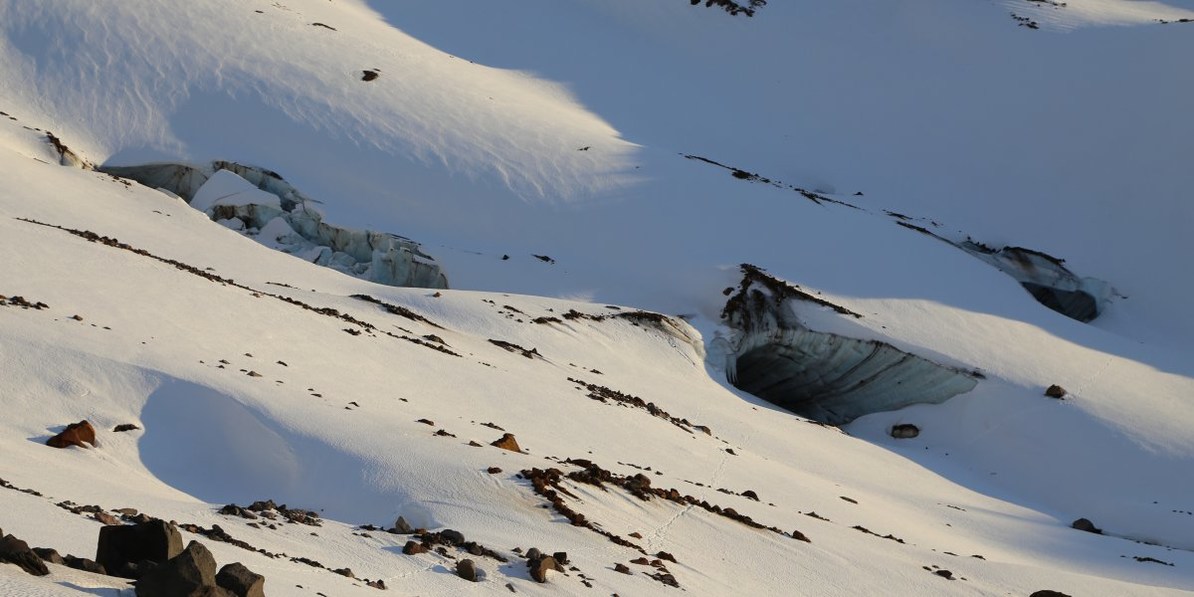
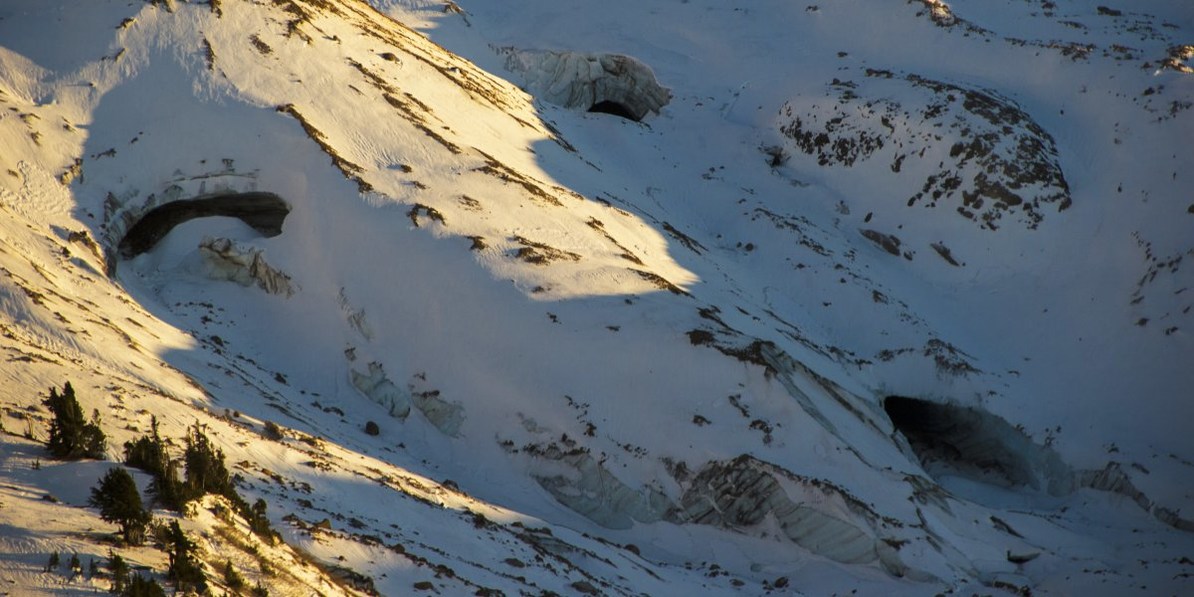
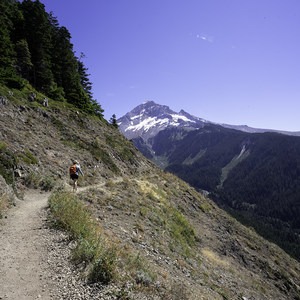
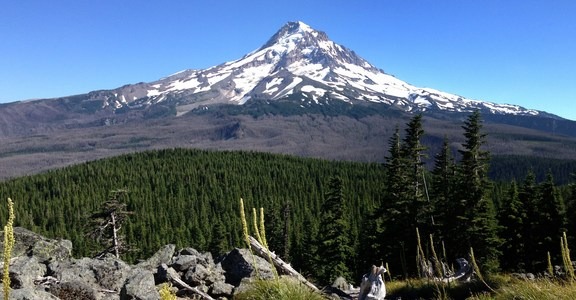
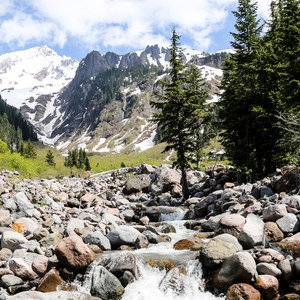
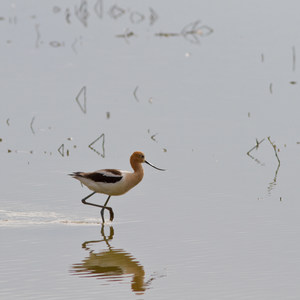
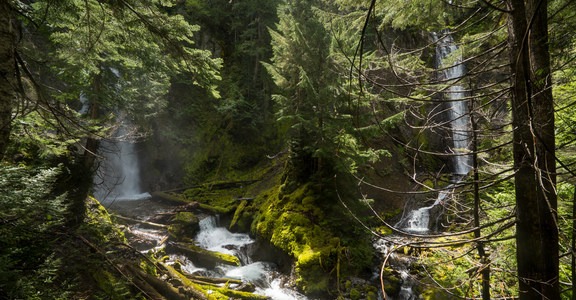
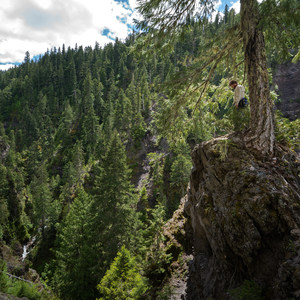
Comments
As described in other posts, the caves have receded greatly since our last trip in April. The ceiling portal in Pure Imagination no longer exists, but the caves still provide a sense of awe and wonder when exploring.
The traverse was icy and still had exposed rock and grasses at times. We decided to use crampons, which made the trek simpler, but please check snow conditions before making a decision on what gear to use.
No permit is needed at the Top Spur Trailhead at this time.
Sign In and share them.